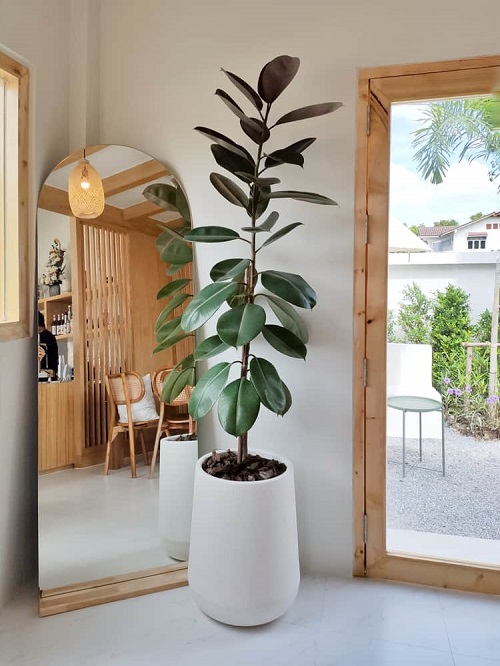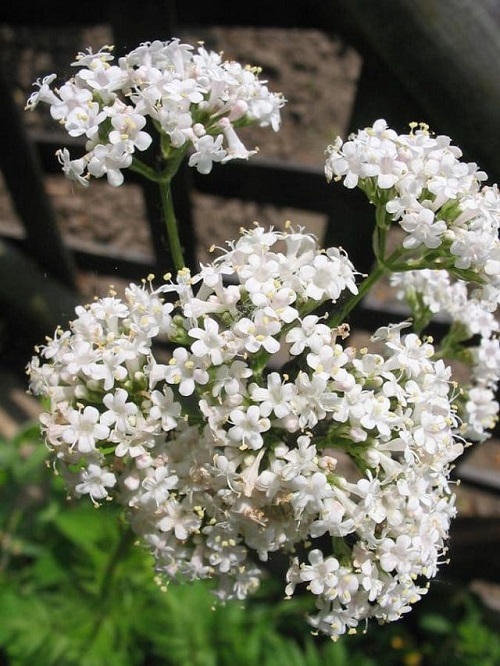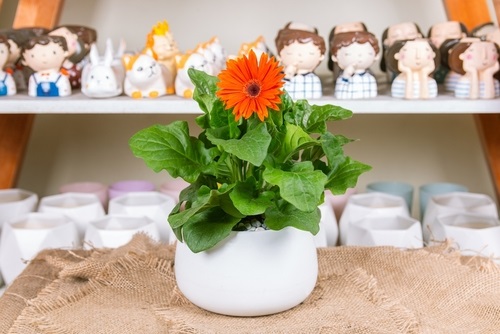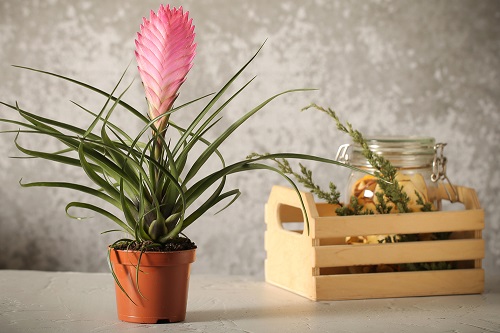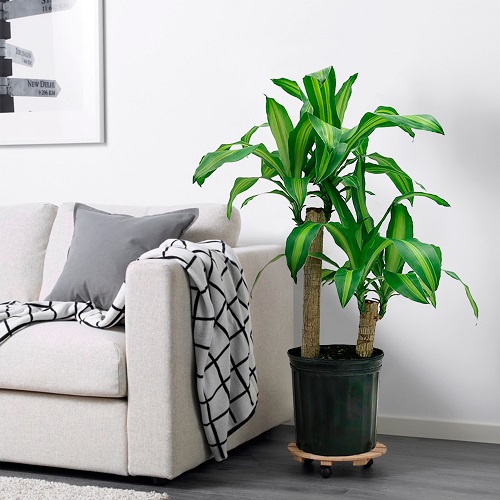Do you suffer from irregular sleep patterns? Grow these Indoor Plants That Help in Sleeping while beautifying the interiors!
Besides adding greenery indoors, houseplants improve air quality, emit relaxing fragrances, reduce anxiety, and release oxygen at night, thus giving peaceful sleep. Read on to know more about this unique specimens.
Indoor Plants That Help in Sleeping
1. Jasmine

Botanical Name- Jasminum
According to this source, the sweet smell of jasmine has a calming effect that significantly improves sleep quality. Plus, its lovely white blooms add a timeless appeal to the home decor. So, having one in your bedroom is highly recommended for a stress-free sleep.
2. Bamboo Palm
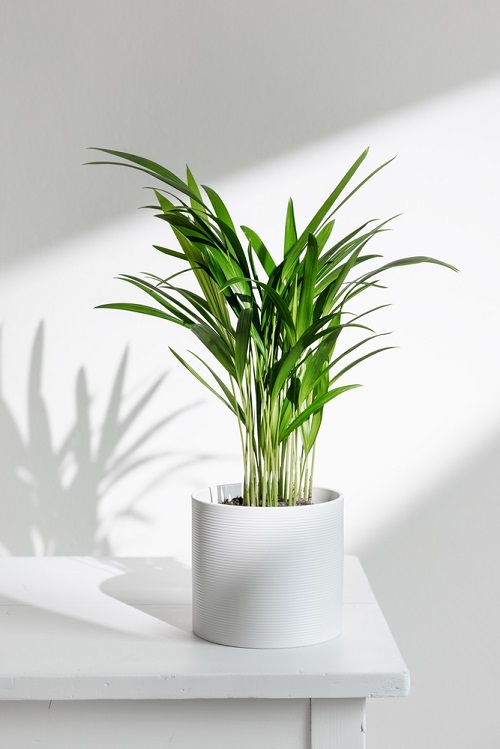
Botanical Name- Dypsis lutescens
Areca palm not only brings tropical vibes indoors but filters harmful pollutants from the air and reduces anxiety as well. With such benefits, you can expect a peaceful sleep in no time.
3. Chamomile

Botanical Name- Matricaria chamomilla
As per this study, chamomile lowers anxiety, treats insomnia and other sleep-related issues. Inhale its soothing fragrance and brew its tea to reap these benefits.
4. Gardenia
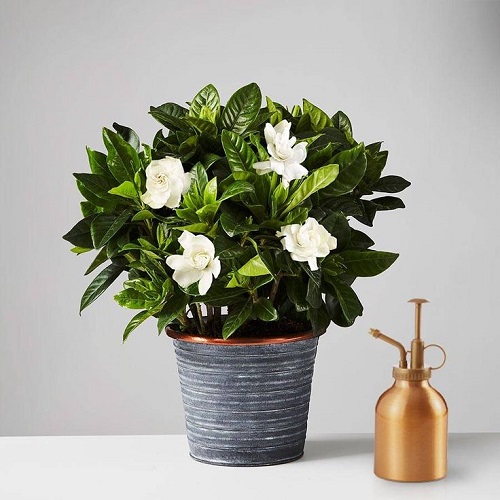
Botanical Name- Gardenia jasminoides
Instead of sleeping pills, a nose full of gardenia is what you need to say goodbye to your sleeping woes. This finicky plant rewards you with glossy green foliage and fragrant blooms with the proper care.
5. Dumb Cane
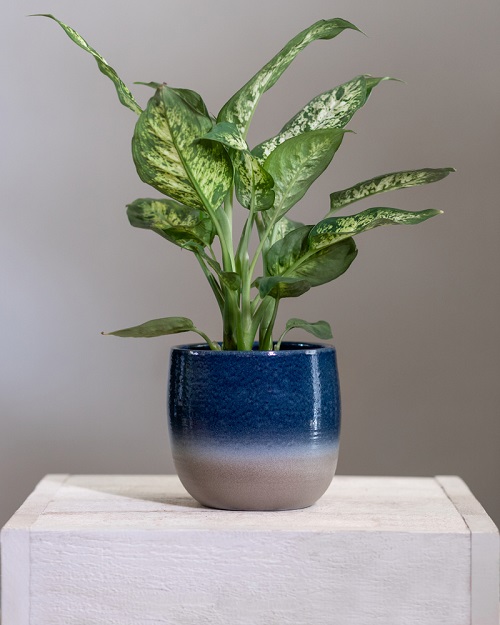
Botanical Name-Dieffenbachia
Featuring multicolored foliage, the dumb cane plant thrives without any special care. It eliminates harmful indoor air pollutants and reduces CO2 as well.
6. Golden Pothos
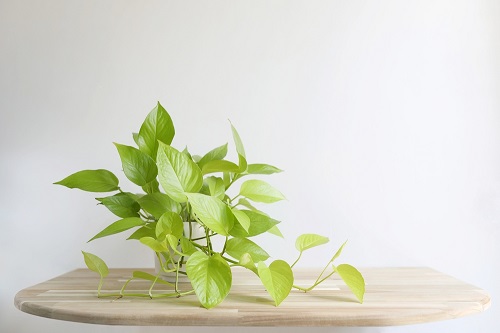
Botanical Name- Epipremnum aureum
Golden pothos increases humidity and removes benzene, toluene, CH2O, CO, and xylene from the air. Furthermore, touching its leaves induces a calming effect. All these qualities make it an ideal plant for the bedroom.
7. Snake Plant

Botanical Name- Dracaena trifasciata
Also known as mother-in-law’s tongue, the snake plant is a natural airborne toxin remover. Furthermore, it releases oxygen at night, thus helping you get a more restful sleep.
8. Lavender

Botanical Name- Lavandula
Ideal to grow indoors, the calming scent of lavender will help you relax and get a good night’s sleep. Instead of growing this plant, you can use lavender essential oil instead.
9. English Ivy

Botanical Name- Hedera helix
Being a go-to air-purifying plant, English ivy guarantees a peaceful sleep. It removes particles of fecal matter and mold from the air. But if you have kids or pets, avoid English ivy because of its toxic nature.
10. Spider Plant
Botanical Name- Chlorophytum comosum
Spider plant is on NASA’s list of the most excellent air-filtering plants. This plant is capable of removing 95% of formaldehyde from the air. It needs well-drained soil, enough water, and bright indirect sunlight to thrive indoors.
Have a look at some stunning indoor plant wall decor ideas here
11. Aloe Vera

Botanical Name- Aloe barbadensis miller
Aloe vera is an easy-to-care-for plant with healing and air purifying properties. It emits oxygen at night and reduces CO2, thereby giving you fresh and cleaner air for a good night’s sleep.
12. Peace Lily
Botanical Name- Spathiphyllum wallisii
Adorned with showy white bracts and lustrous green foliage, peace lily improves sleep quality by eliminating VOCs and airborne mold spores. Furthermore, this plant has other benefits as well.
13. Rubber Plant
Botanical Name- Ficus elastica
This exotic ornamental houseplant removes formaldehyde, carbon-di-oxide, and carbon monoxide. Rubber plant needs slightly moist soil and infrequent watering cycles to survive.
14. Valerian
Botanical Name- Valeriana officinalis
Apart from valerian’s medicinal and decorative uses, its distinct vanilla scent is calming and facilitates deep sleep. It’s famous among herbalists for treating various ailments.
15. Gerbera Daisy
Botanical Name- Gerbera jamesonii
Gerbera or Barberton daisy is a must-have indoor plant because of its cheerful blossoms and ability to reduce dust and volatile organic compounds.
16. Bromeliad
Botanical Name- Bromeliaceae
Besides a gorgeous indoor plant, bromeliad releases oxygen at night, making it an excellent sleep-inducing plant. Plus, it’s an excellent specimen to spruce up your home decor.
17. Chinese Evergreen
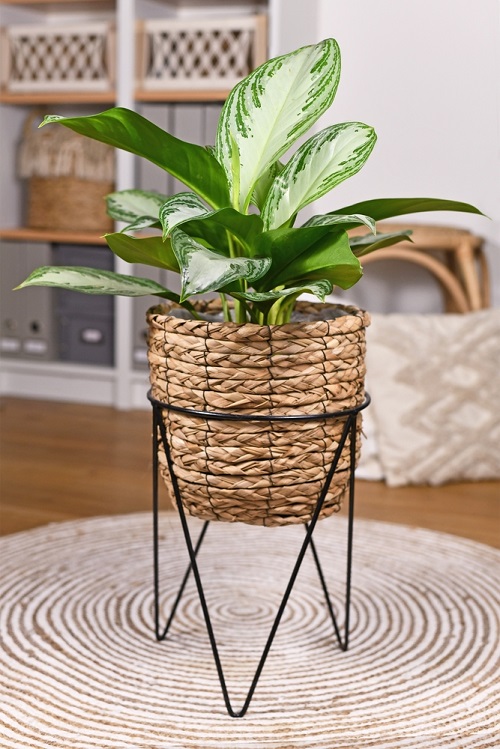
Botanical Name- Aglaonema modestum
Native to subtropical Asia, the Chinese evergreen plant is a natural air purifier and flaunts vivid green leaves. Grow this plant indoors in a hanging planter because it’s mildly toxic to dogs and cats.
18. Heartleaf Philodendron
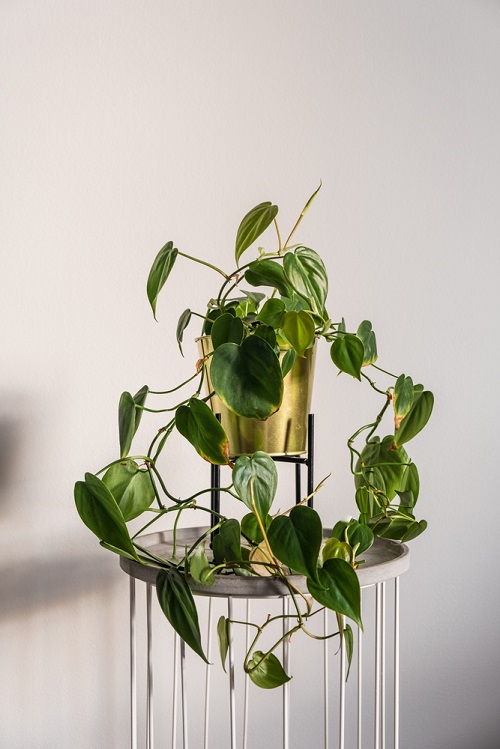
Botanical Name- Philodendron cordatum
This evergreen climber with heart-shaped foliage removes formaldehyde and gives calming vibes indoors. Put this plant in your bedroom for better air and sleep quality.
19. Dragon Tree
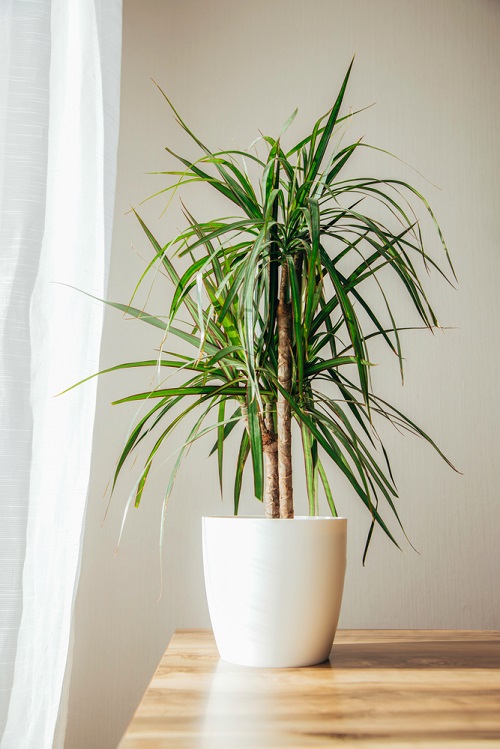
Botanical Name – Dracaena marginata
The dragon tree is an ideal sleep-inducing houseplant thanks to its ability to remove volatile organic pollutants. Place it on the tabletop or desk to beautify the interior with striking red-fringed foliage. Make sure to keep this plant out of reach of pets due to its toxicity.
20. Mass Cane
Botanical Name – Dracaena fragrans ‘Massangeana’
Featuring thick stems and striped foliage, this tropical dracaena variety filters VOCs that positively impact sleeping quality. However, dog and cat owners must avoid this plant because, according to ASPCA, it’s toxic to them.



